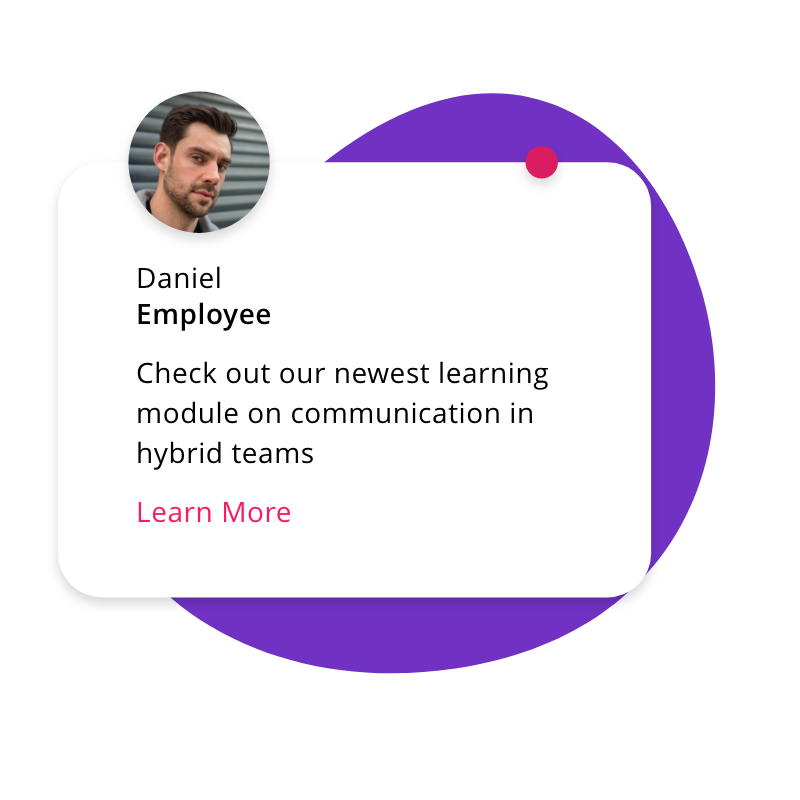The State of Employee Engagement and Connection in Australia
How confident do you feel in your job and your overall employability? Your answer to that question can vary greatly by region.
For example, here in the U.S., all signs are pointing to rather low employee confidence. Employers are grappling with a lack of voluntary employee turnover for the first time since “The Great Resignation,” and that’s putting many teams over budget. According to The Wall Street Journal, we may well see more layoffs as we approach the end of the year.
Employee Engagement in Australia
But our friends down under in Australia aren’t too worried about the job market. In Gallup’s “State of the Global Workplace: 2023 Report,” 81% of workers in Australia and New Zealand say it’s a good time to find a job – the highest of any regional globally. At the same time, 67% of workers in Australia and New Zealand identify as quiet quitters and 47% say they are stressed. If you’re an Australian employer, how can you keep your top talent happy and connected to your company?
Australian Work Culture
To understand the nuances of the employee/employer dynamics in Australia, it’s helpful to take a step back and clarify some key terms and trends. First off, employee engagement describes how committed an employee is to their job and the company’s success. There’s an emotional element here that goes beyond punching the clock. The more engaged employees you have, the higher your organization’s productivity, customer satisfaction, employee retention, and a whole host of other benefits.
Yet as Australian consulting firm Great Managers explains, there are nuances to Australian workplace culture that sometimes baffle people from other regions: “Australians tend to do more during their working hours and don’t say no to extra work. At the same time, they strive to keep their work separate from their family lives.”
Great Managers recently asked a group of new arrivals to share what they found most surprising about Australian workplace culture. Key highlights include:
- There’s less hierarchy: They emphasize the team rather than job titles.
- People tend to speak their mind: They’re direct and straightforward.
- Separation of work and family: Businesses encourage this and give employees a week off during the holidays to enjoy the summer weather.
Independence, employee voice, and work/life balance are threads of Australian workplace culture that might explain Austrlian’s confidence and higher quiet quitting numbers in Gallup’s poll.
4 Tips to Increase Engagement and Connection in Australia
Enboarder’s recent research explores a slightly different angle to this workplace culture conversation – that of employee connection. We found that levels of connection in Australia were the lowest of all regions: Only 37% of Australian workers said they felt very strong connections with their colleagues. Another 42% said they plan to stay at their current job no more than 1-2 years and only 16% are satisfied with the engagement opportunities available to them.
What can HR learn from this data? As you pull together your engagement strategy for 2024, here are some tips to keep in mind:
- Australians are craving learning and development: We asked workers which programs they find the most beneficial. Thirty-eight percent cited career development and 35% cited peer learning. Do you have a formal learning and development program? Are there ways you could build in more peer learning organically in the flow of work?
- It’s not all about going “above and beyond:” Yes, doing more than what’s in your job description might be part of the traditional definition of employee engagement, but many Australians have a different relationship with their work. Similar to the U.K., Australians were significantly less likely to cite “going above and beyond” as an impact of engagement programs they liked – 22% vs. 27% in the U.S.
- Make it easy: Whether you’re rolling out a new change management initiative or launching a new learning program, pay attention to convenience. Forty-four percent of Australians said they opt out of engagement programs because they aren’t convenient. Are you sending messages on channels that employees actually use? Can you gather employee feedback on dates and times that work for them, or offer multiple sessions?
- Offer more variety: Of all the regions, Australia was the least likely to have access to DEI initiatives, mentorship programs, and ERGs. And yet, workers in Australia do value inclusion and belonging. When asked what they feel is the greatest impact of their company’s engagement program, 35% said it creates a more inclusive workplace

Curious what some of these tips look like in practice? Check out Sandvik’s story. The global, high-tech engineering group was able to use Enboarder to improve onboarding, promotions, internal comms, employee referrals, and offboarding. Talk about convenience: The team is using SMS messages to get critical communications out to deskless workers working at remote mines.
Looking for more tips and trends related to employee connection in Australia? Download our e-book and get all the data at your fingertips.